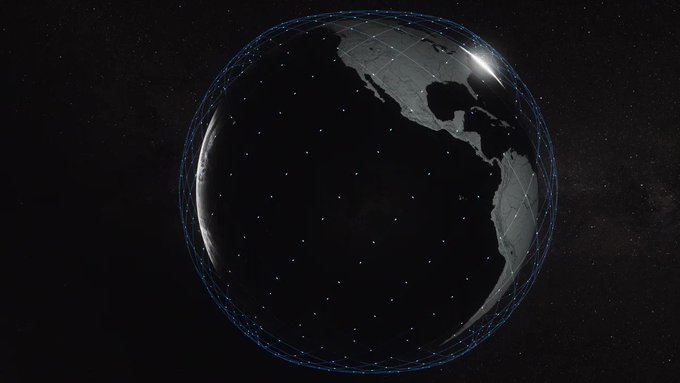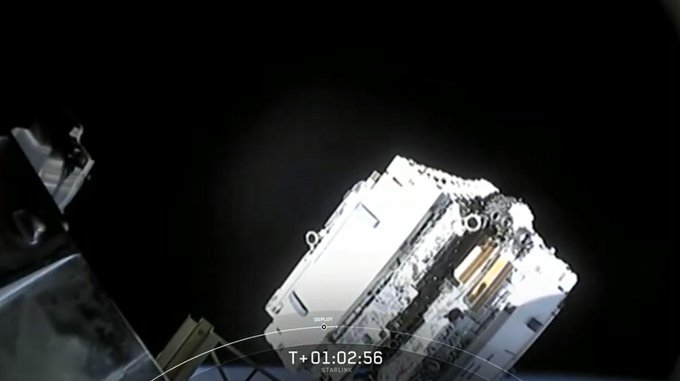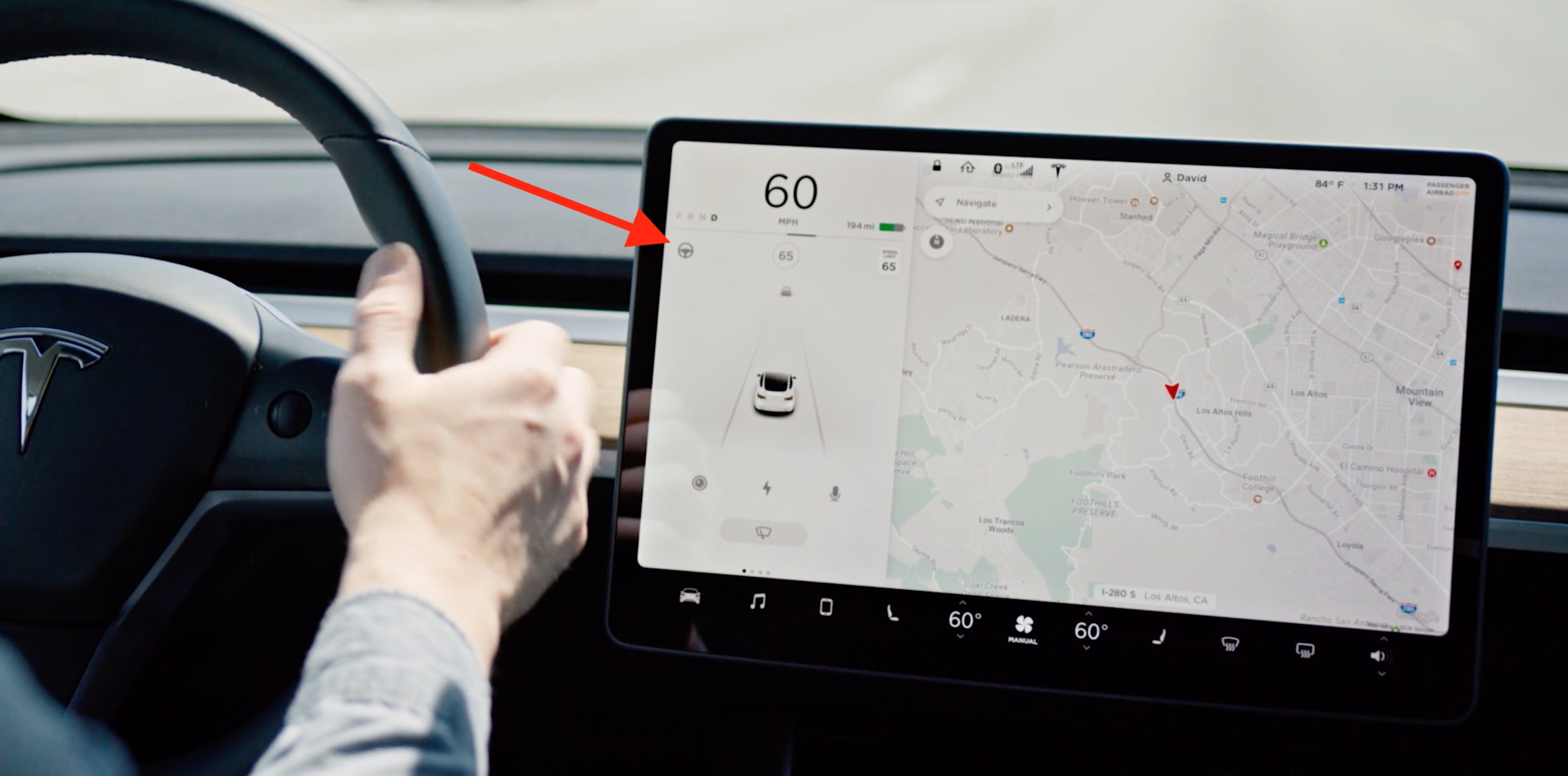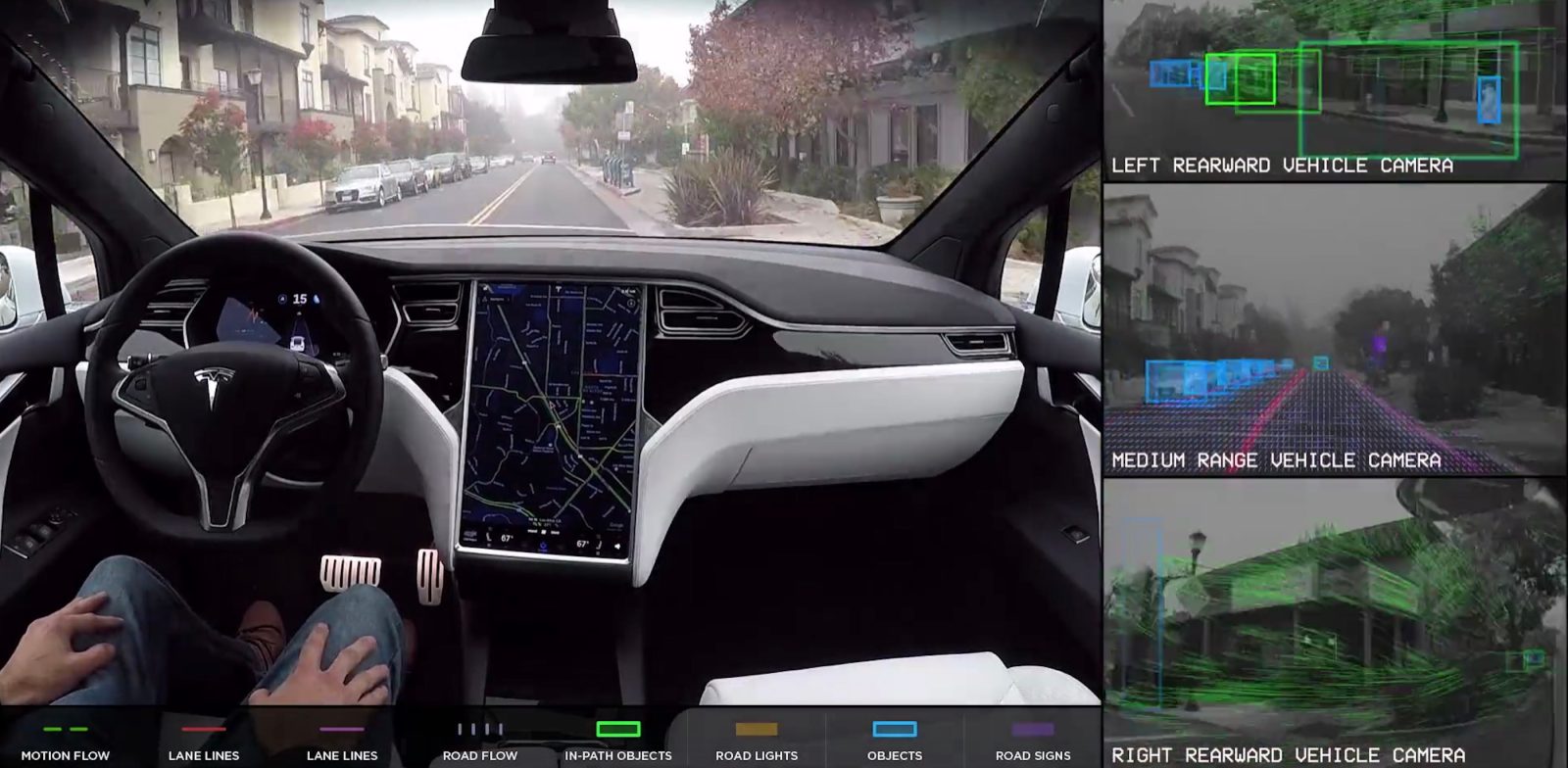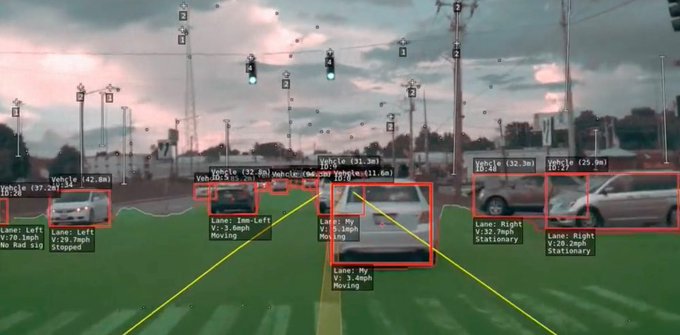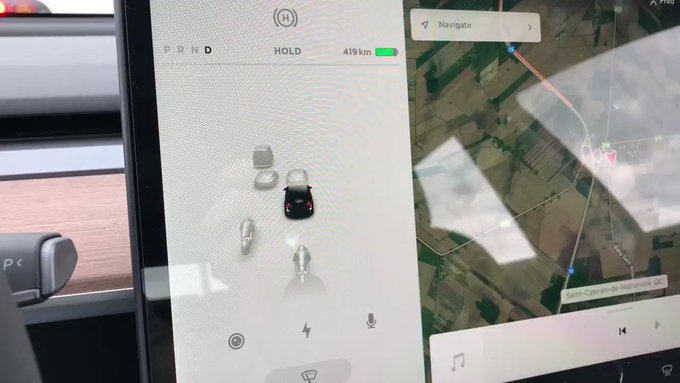As reported by Engadget: After a pair of scrubbed launch attempts last week, SpaceX's first rocket loaded with 60 Starlink satellites has successfully taken off from Cape Canaveral.
One hour and two minutes after the 10:30 PM ET launch the satellites were scheduled to begin deployment, heading toward their operational altitude of 550km above the Earth. The 227kg units will use Hall thrusters and energy pulled in from a single solar array to form a network that provides internet access around the globe.
 The rocket's first stage has already landed safely on a waiting drone ship ('Of Course I still Love You') -- this was its third flight -- and having a reusable booster will be key to launching all the satellites required.
The rocket's first stage has already landed safely on a waiting drone ship ('Of Course I still Love You') -- this was its third flight -- and having a reusable booster will be key to launching all the satellites required.
Plans SpaceX filed with the FCC said it intends to have the Starlink units in orbit by the mid-2020s, providing internet connections capable of up to 1Gbps even in rural areas.
At just over an hour after launch, SpaceX successfully deployed the 60 flat-packed Starlink satellites.
In total, SpaceX plans to launch nearly 12,000 of these satellites, which will park themselves in low-Earth orbit and beam internet coverage to the world below. There will be two Starlink flocks: one constellation of 4,409 satellites and a second constellation of 7,518 satellites, according to an agreement with the Federal Communications Commission (FCC). The second, larger constellation will fly at a slightly lower altitude, but together both will provide affordable coverage to every part of the globe, SpaceX representatives have said.
 One caveat: the FCC approvals require the company to launch half of the planned satellites within the next six years. SpaceX first launched Starlink craft in 2018, lofting two test satellites, dubbed TinTin A and TinTin B, in February of that year. Their mission seemingly went well, though SpaceX kept the pair in a lower orbit than first planned. Based on data obtained from that initial test mission, SpaceX requested that part of its fleet be allowed to operate at lower altitudes, and the FCC agreed.
One caveat: the FCC approvals require the company to launch half of the planned satellites within the next six years. SpaceX first launched Starlink craft in 2018, lofting two test satellites, dubbed TinTin A and TinTin B, in February of that year. Their mission seemingly went well, though SpaceX kept the pair in a lower orbit than first planned. Based on data obtained from that initial test mission, SpaceX requested that part of its fleet be allowed to operate at lower altitudes, and the FCC agreed.

One hour and two minutes after the 10:30 PM ET launch the satellites were scheduled to begin deployment, heading toward their operational altitude of 550km above the Earth. The 227kg units will use Hall thrusters and energy pulled in from a single solar array to form a network that provides internet access around the globe.
 The rocket's first stage has already landed safely on a waiting drone ship ('Of Course I still Love You') -- this was its third flight -- and having a reusable booster will be key to launching all the satellites required.
The rocket's first stage has already landed safely on a waiting drone ship ('Of Course I still Love You') -- this was its third flight -- and having a reusable booster will be key to launching all the satellites required. Plans SpaceX filed with the FCC said it intends to have the Starlink units in orbit by the mid-2020s, providing internet connections capable of up to 1Gbps even in rural areas.
At just over an hour after launch, SpaceX successfully deployed the 60 flat-packed Starlink satellites.
In total, SpaceX plans to launch nearly 12,000 of these satellites, which will park themselves in low-Earth orbit and beam internet coverage to the world below. There will be two Starlink flocks: one constellation of 4,409 satellites and a second constellation of 7,518 satellites, according to an agreement with the Federal Communications Commission (FCC). The second, larger constellation will fly at a slightly lower altitude, but together both will provide affordable coverage to every part of the globe, SpaceX representatives have said.
 One caveat: the FCC approvals require the company to launch half of the planned satellites within the next six years. SpaceX first launched Starlink craft in 2018, lofting two test satellites, dubbed TinTin A and TinTin B, in February of that year. Their mission seemingly went well, though SpaceX kept the pair in a lower orbit than first planned. Based on data obtained from that initial test mission, SpaceX requested that part of its fleet be allowed to operate at lower altitudes, and the FCC agreed.
One caveat: the FCC approvals require the company to launch half of the planned satellites within the next six years. SpaceX first launched Starlink craft in 2018, lofting two test satellites, dubbed TinTin A and TinTin B, in February of that year. Their mission seemingly went well, though SpaceX kept the pair in a lower orbit than first planned. Based on data obtained from that initial test mission, SpaceX requested that part of its fleet be allowed to operate at lower altitudes, and the FCC agreed. 



